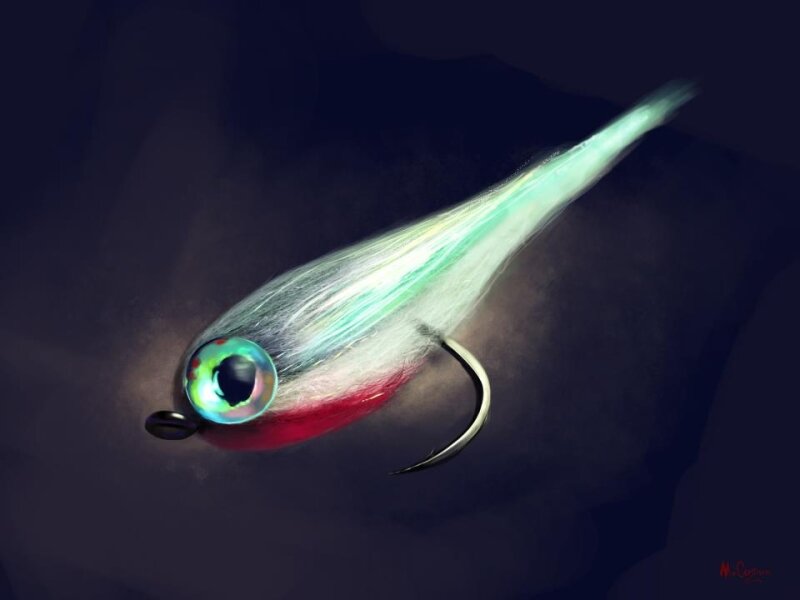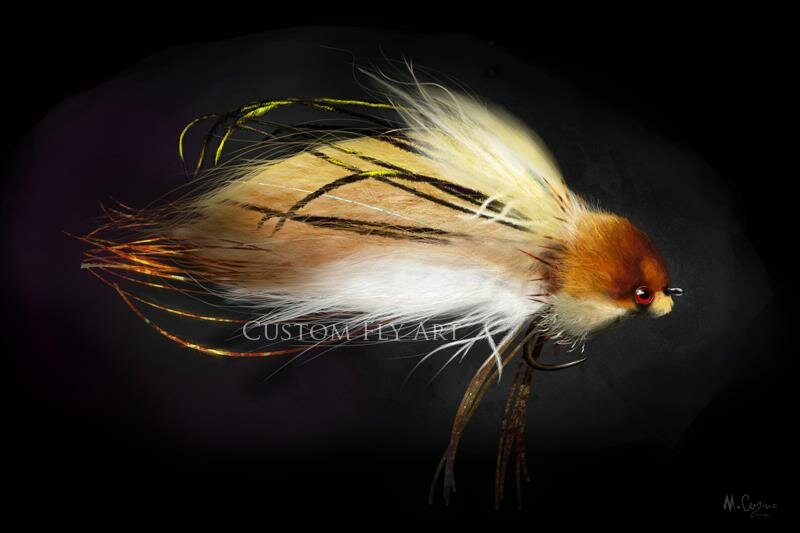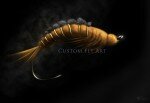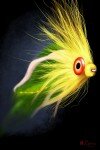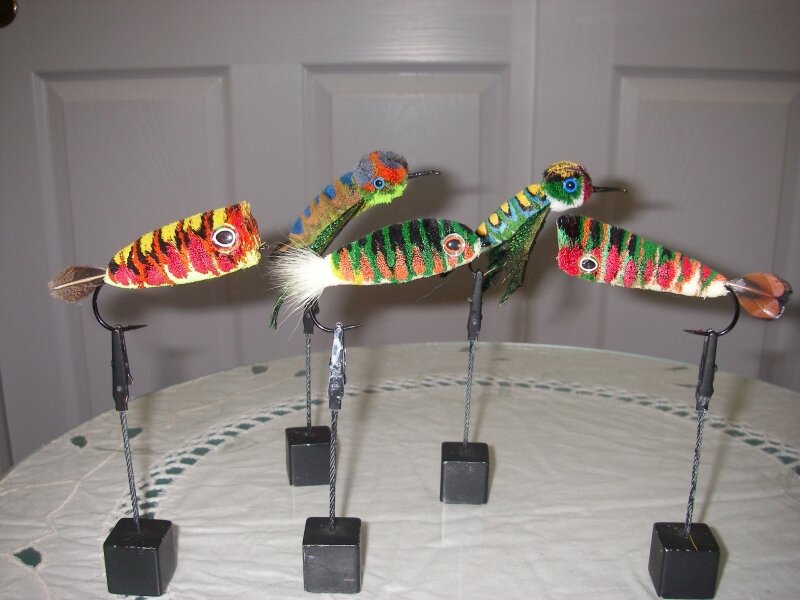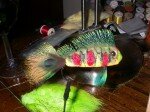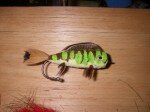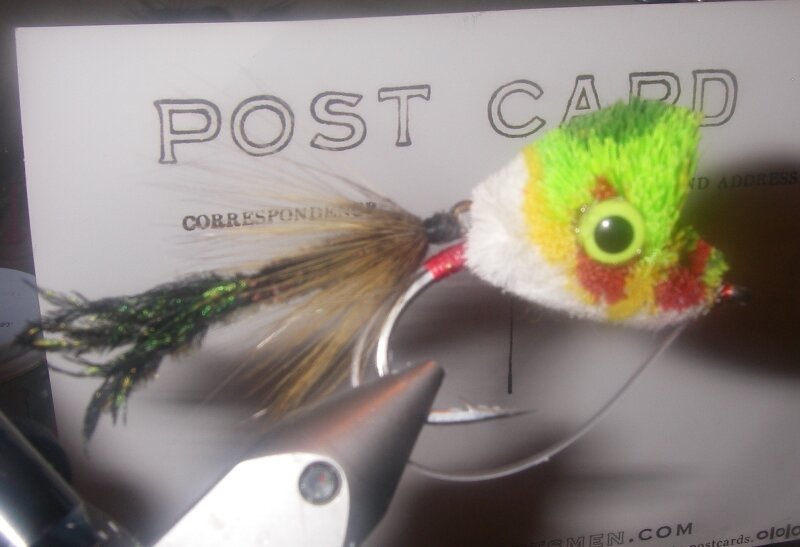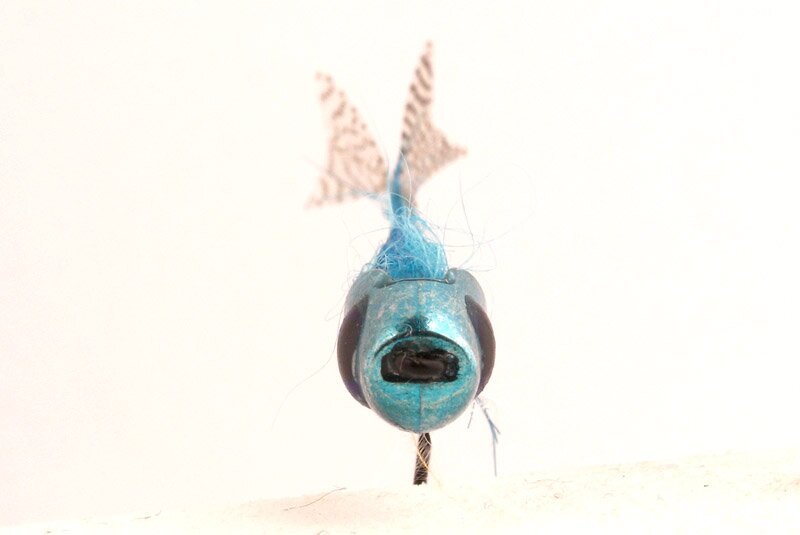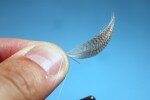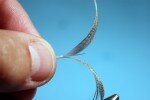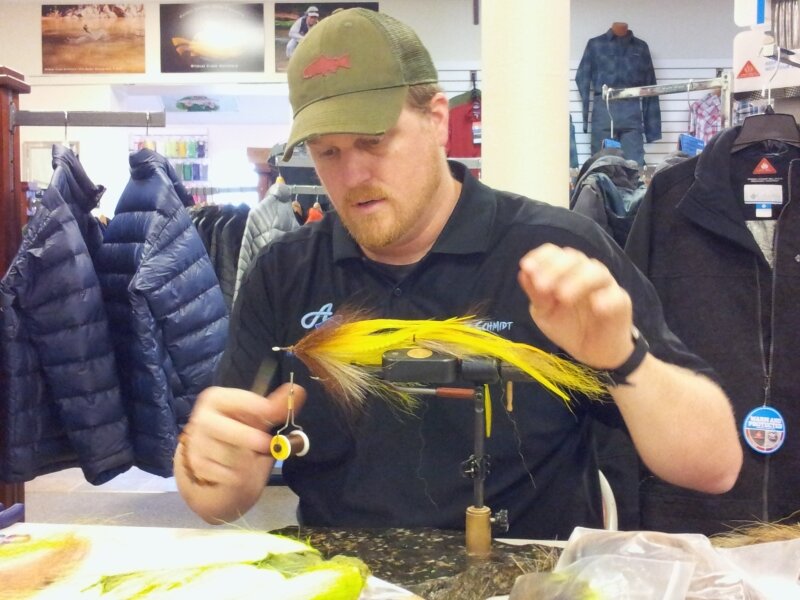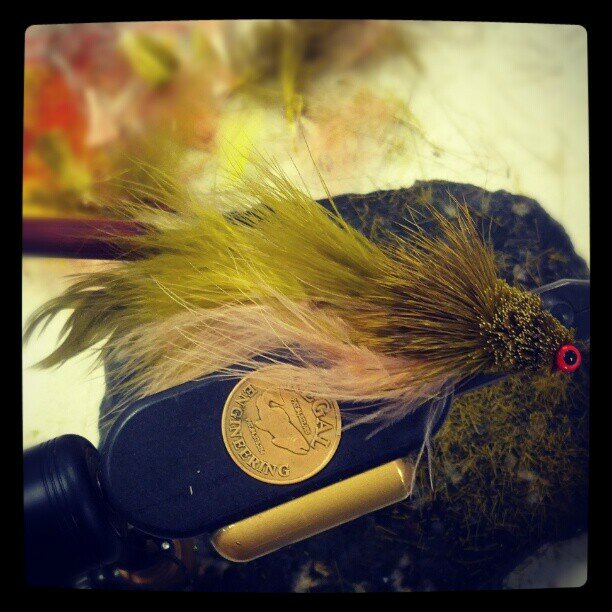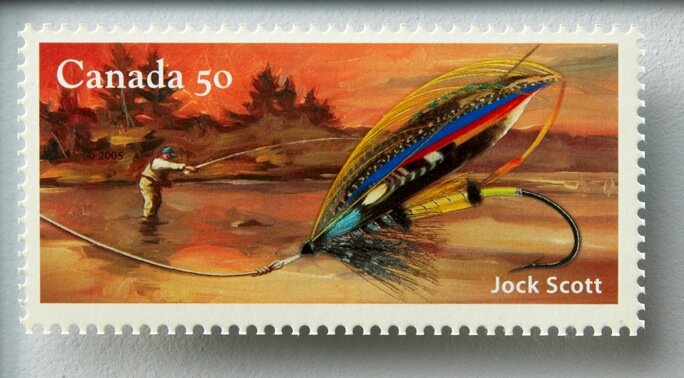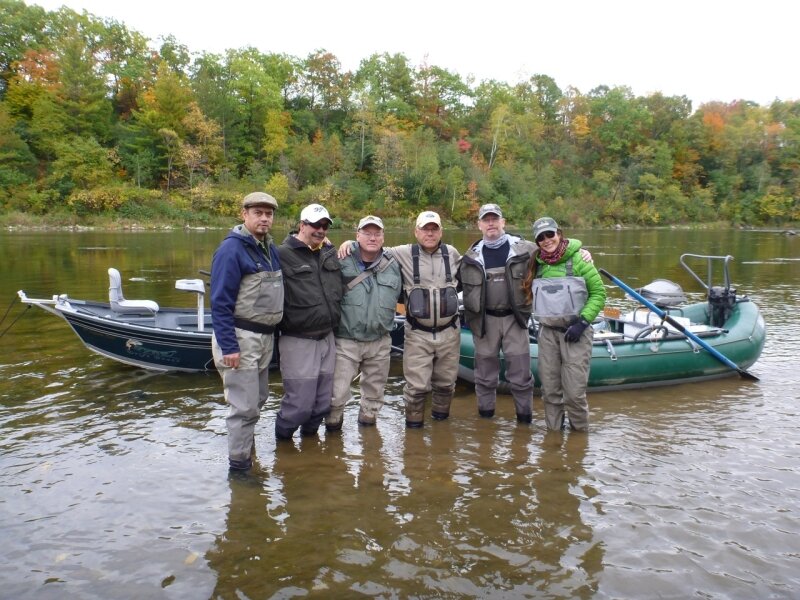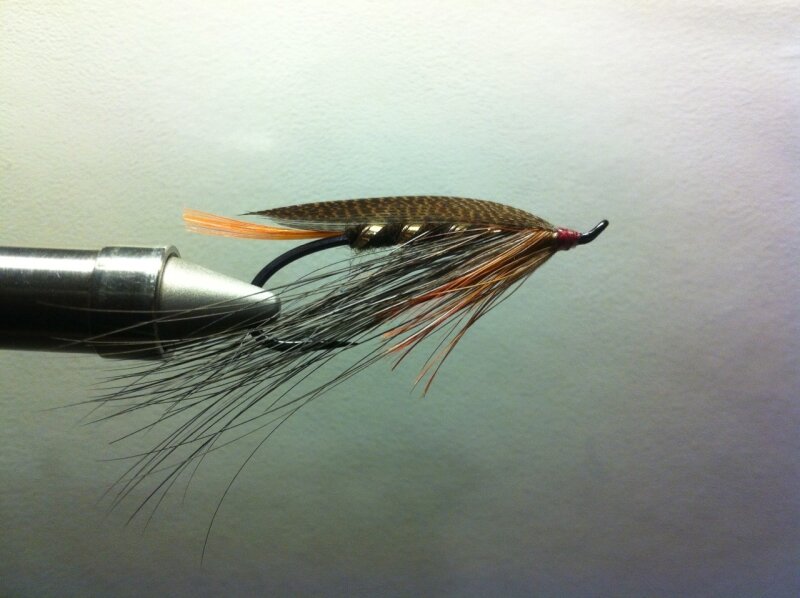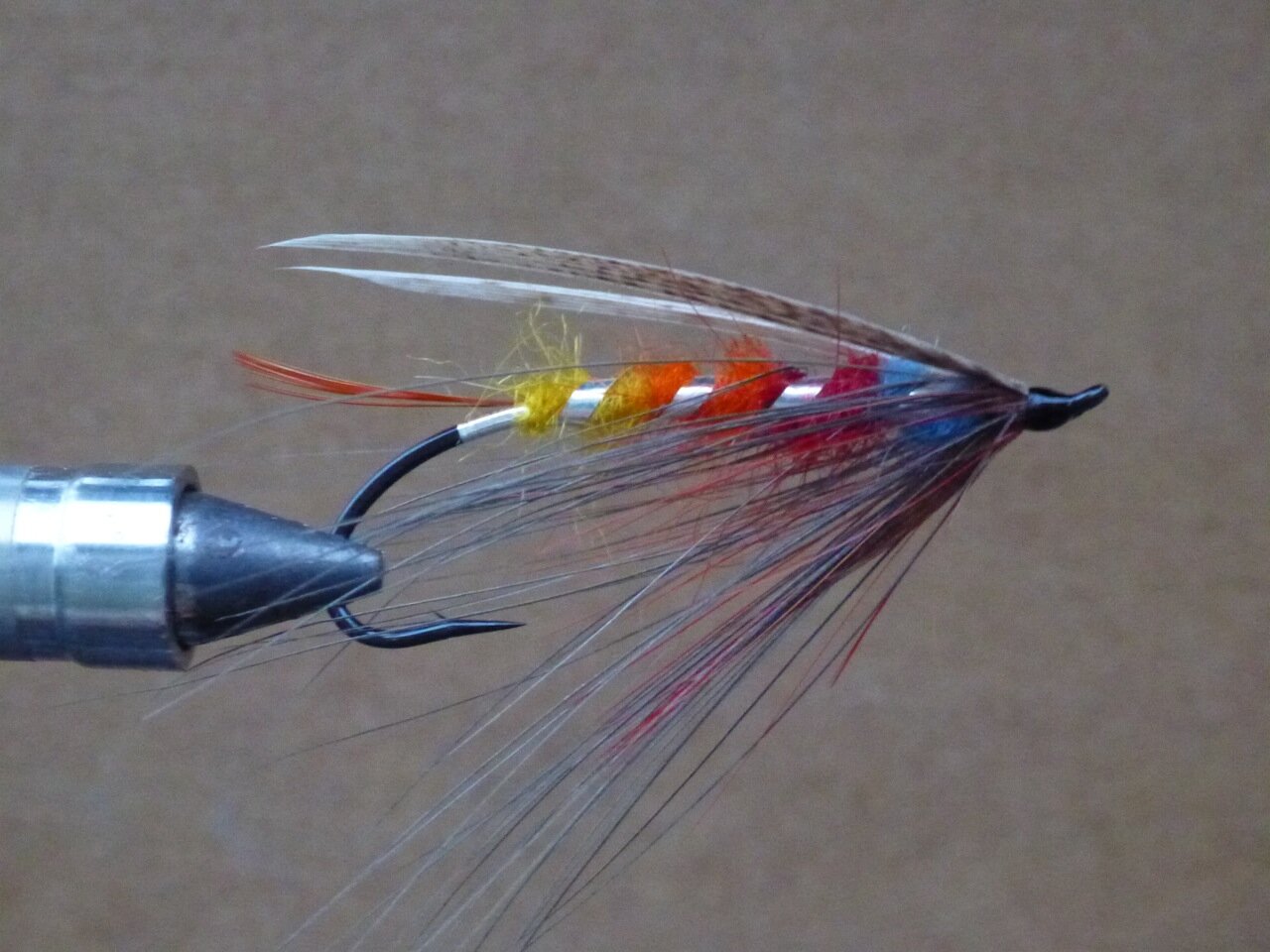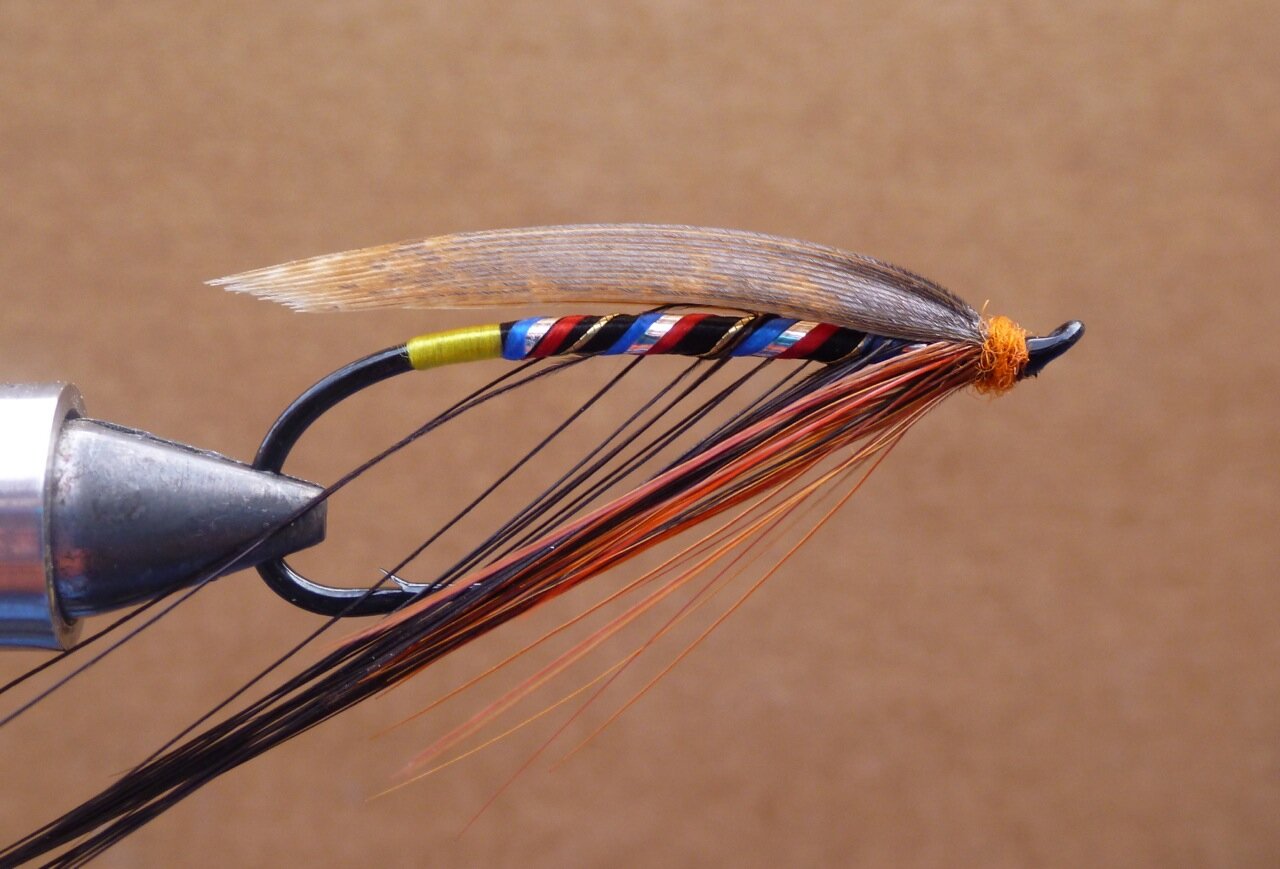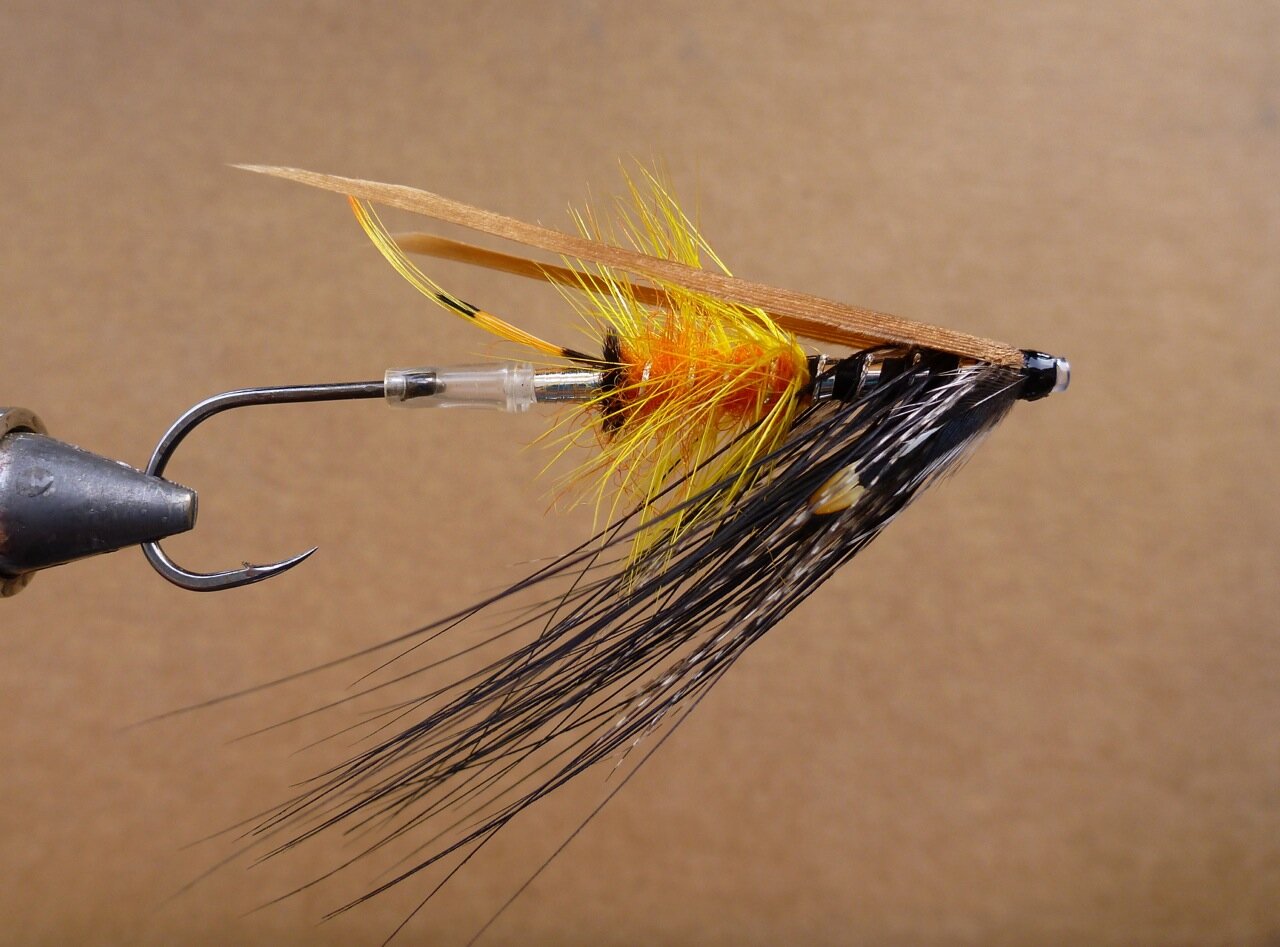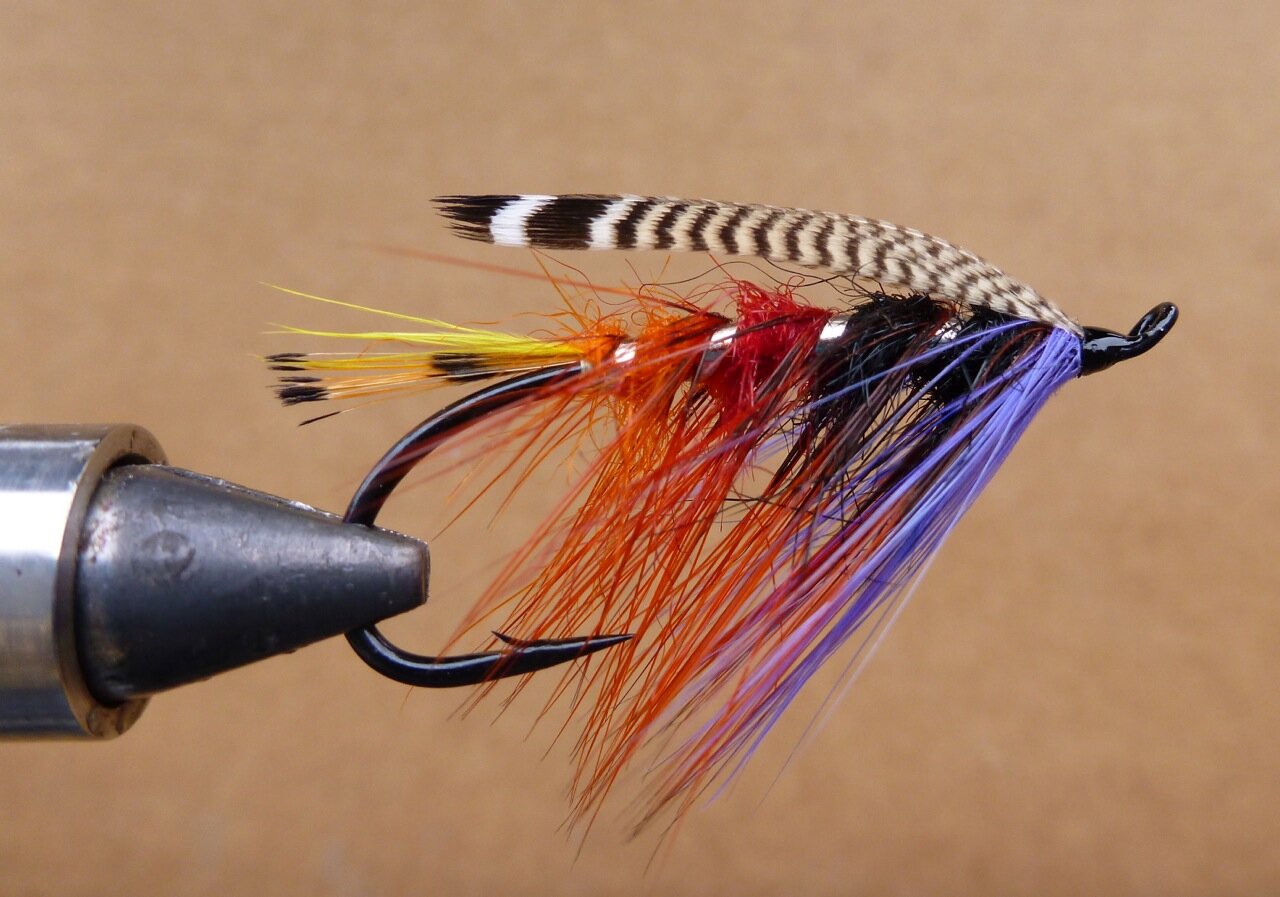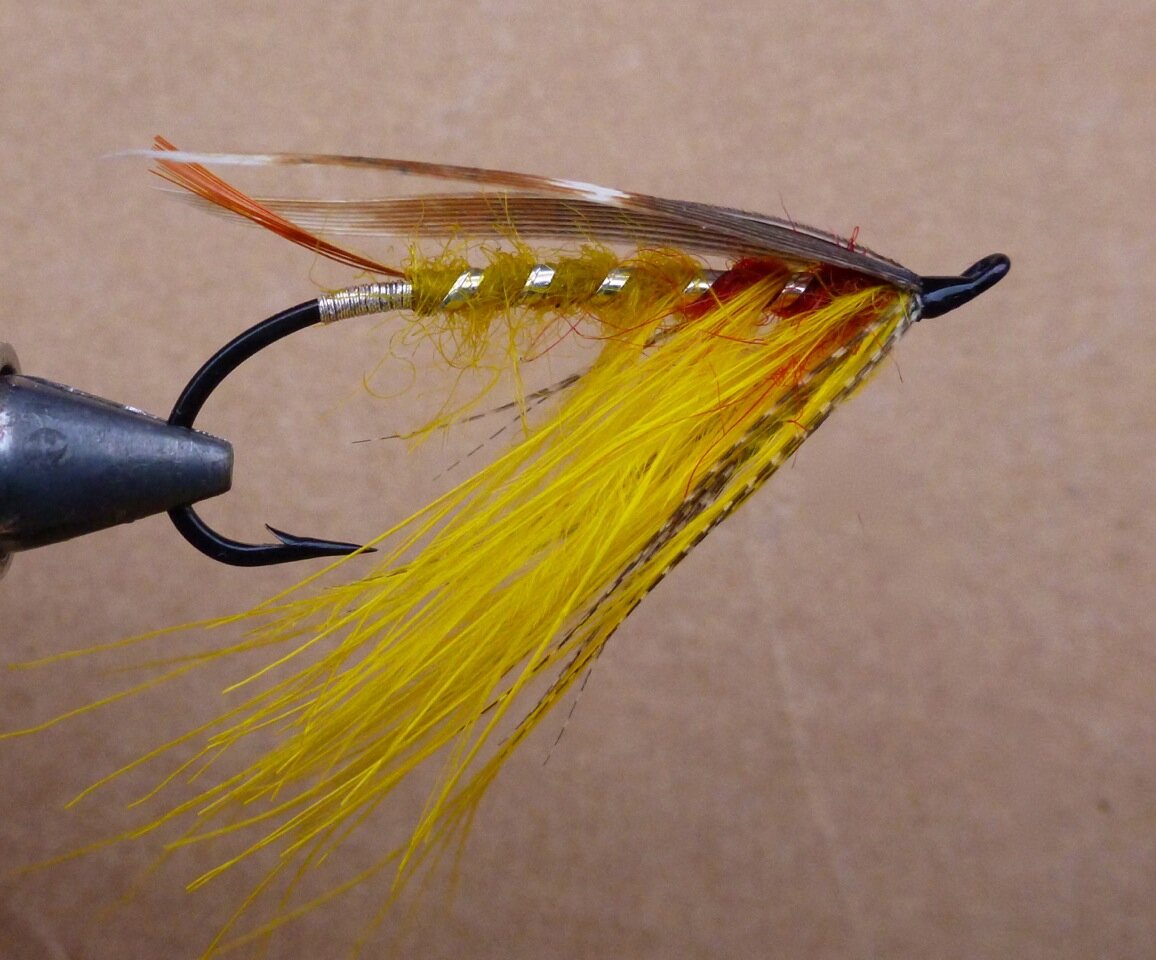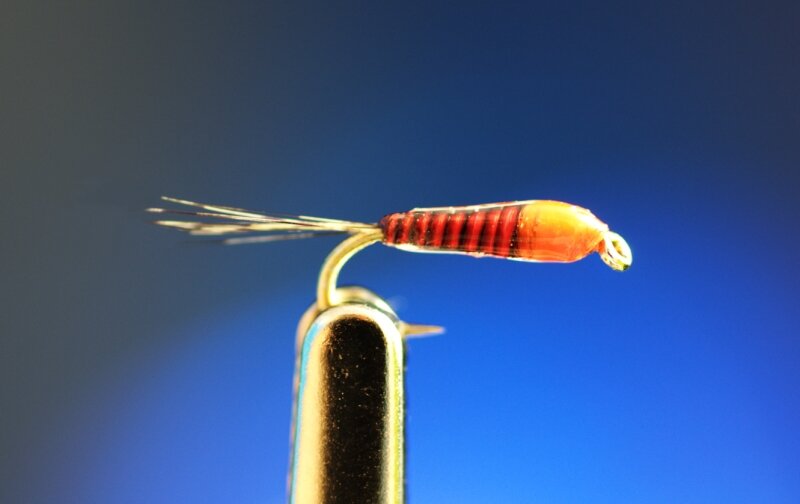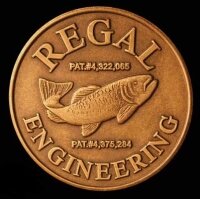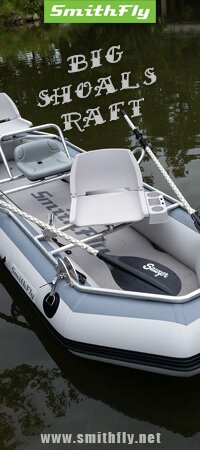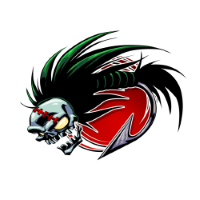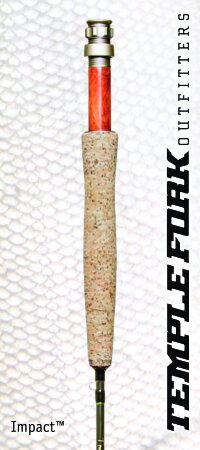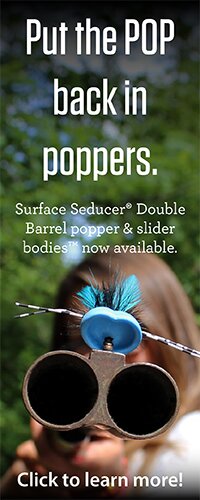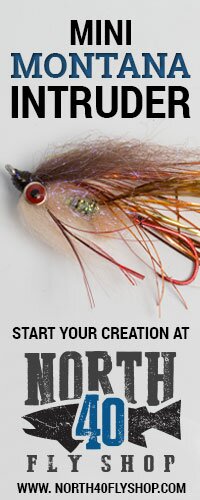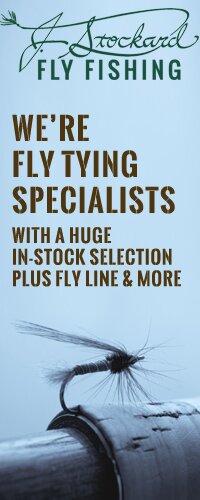 When and how did you begin fly tying?
When and how did you begin fly tying?
I started tying with a little kit my folks gave me on my eighth birthday. I turned 42 a couple days ago so I guess I’ve been tying for about 34 years now. The kit came with a little pamphlet of instructions that were pretty vague at best, and I probably tied for a few years or so before even seeing someone else do it, so I basically taught myself. The kit was my dad’s idea after he got tired of me losing all his lures! No one in my family fly fished at that point and I think no one had any idea where that little kit would lead. I still clearly remember opening that box at the kitchen table…
Do you remember your first vise and the first fly you tied?
The first vise I had came in that little kit and was a cheap little thumb screw version… I’m sure I still have it somewhere. A student in one of my classes had the same vise a couple years ago and gave it to me when he upgraded so I do have a brand new version of that same vise on display at the shop..incidentally, the thumb screw on that first vise is what influenced me to tie left handed. As I said, I had no instruction, so I just assumed that the thumb screw should be on my near side so I ended up being right handed and tying left handed which has was pretty fortuitous.
What did you do to improve your fly tying skills?
Really, all I can say about this is practice. Tying is just a compilation of techniques and I’ve always loved mastering something new, so I stuck to it and tied tons of flies. Commercial tying gave me a great avenue to tie and learn lots of techniques and it wasn’t always fun, but honestly, like everything else, it takes hard work and time to become a good fly tyer.
Are there any older fly tyers that you admire or have inspired you?
There are more good fly tyers out there right now than there have ever been, particularly here in Colorado. Given the availability of good instruction in books, on the Internet and in demos, the learning curve is much shallower these days and there are a lot of folks who have become very good in a short period of time by following someone else’s instruction. A great fly tyer, to me, is someone who can figure it out themselves, figure out how THEY do it rather than copy how someone else does it. I’m off on a tangent now, but the best fly tyers are those who make their own path and are inventive and innovative with both patterns and techniques. There are lots of musicians who can play someone else’s music, but very few who can write their own stuff…That being said, John Barr, Rene Harrop, Mike Mercer all fit my idea of creative and innovative very well. JB is probably the most creative tyer I’ve ever known.
What influenced you to open your own fly shop?
I have been working in and running fly shops my whole life. Eight years ago I had the opportunity to do it for myself and it was just a natural progression. It’s something I’ve done lots of and I know how the industry works, so it was a bit easier for me than the average guy I suppose…
Visit Charlie’s fly shop website:
– www.charliesflyboxinc.com –
Can you tell me a little about your fly shop?
We opened the shop up in December of 2004 here in Olde Town Arvada. We have about 2500 square feet of retail space, carry all the major brands and more fly tying materials than any place else I have ever been…and I aim to keep it that way. We have a great staff; Greg Garcia and Dave Cook do a fantastic job and are probably better at the shop game than I have ever been, so I am very lucky to have them. The shop has been a crazy ride, growing by leaps and bounds and it keeps us all running.
Are there specific flies that you have a lot of confidence in?
I seem to use a tan Charlie Boy Hopper in a size eight almost every day I fish from spring well through fall. I fish the hopper/copper/dropper rig a ton so the Charlie Boy gets a lot of game time for me and I catch a pile of fish on it, so I rarely consider using anything else up top on that rig. My Two Bit Hooker was designed with this rig in mind, a heavy, slim mayfly profile that gets down and stays down, so it is on my tippet more often than not. The Mole Fly is a simple little emerger pattern that is my go to for any fish rising to baetis…it just always works. I fall into the same trap as a lot of other fishermen, using the same flies over and over sometimes, but I really try to mix it up and use as many different flies as I can a lot of the time just to try to find out what they won’t eat…and there’s not much they won’t eat.
-

- Charlie Boy Hopper
-
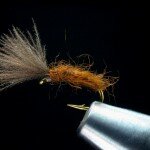
- Mole Fly
-
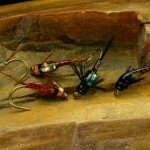
- Two Bit Hookers
Do you have any fly designs you are in the process of working on now?
Yes…lol, you’ll have to wait and see 😉
In your opinion, what are some of the key elements of designing an effective trout fly pattern?
A *new* pattern HAS to solve a problem, otherwise it’s probably just a copy of something else. I consider durability, float or sink-ability, ease of tying, profile and a lot of other things while tying my stuff.
Besides trout flies, what other type of flies do you enjoy tying?
I haven’t found a type of fly I don’t enjoy tying yet, and I have tied for just about every kind of fish I have ever heard of. I love saltwater fishing so I do lots of that and there is a ton of room for improvement in this realm so it intrigues me in a big way. Deer hair bass bugs are another of my favorite things to tie and something I really enjoying doing for myself. I just love sitting down and making one come out just PERFECT…it doesn’t always happen that way, but when it does I really love it.
Do you have any plans of writing another book?
Sure do…as a matter of fact, we have plans for four or five more, plus a couple of e-books.
Do you use glue at all on your flies? If so, when and what?
I use head cement as a cosmetic finish more than as something to add durability to my flies to be honest. If you tie a good, tight whip finish and wrap everything tightly throughout the tying process, head cement isn’t going to add a ton to the durability, in my opinion. So yes I use it on some of the larger stuff, but rarely on my little stuff. I do use Zap-A-Gap on my hoppers and under biot though.
Do you have a particular thread you like to use on your trout flies?
I use all sorts of thread on all sorts of flies. No brand, size or configuration is good for everything so I use each one specifically as I need it. Flatter threads for smooth thread bodies and underbodies, corded threads for binding slippery materials,…they are all really well suited to some things and maybe not so much to others. Flat thread doesn’t grab and bite into hair very well for instance…I have become a huge fan of the Tiemco 16/0 thread…it lays very flat and is very small allowing a lot of thread work with almost no bulk, but again, it’s not for everything either.
What kind of vise do you normally use?
I still use the same Dyna-King Professional model vise I bought the year after I got out of high school every day. I have tied a PILE of flies on this vise and it’s still going strong.
You are known to be a good fly tying teacher. What advice would you give a beginner?
Practice well. Never say, “It’s good enough to catch fish”, because fish eat worms and marshmallows…you want to be better than that. Practice until you can do it right.
Do you have any advice on getting kids involved in fly tying?
Never force it on them…if they want to tie, they’ll let you know. Beyond that, let ‘em run with it!
What is it about fly tying that you truly enjoy?
I truly enjoy the precise, methodical, detail oriented facets of fly tying. I love when every single part of a fly comes out perfectly. I love the techniques, the materials, the feeling of making something with my own hands…I love all of it.
-

- Caddistrophic Pupa
-

- Dirty Hippy Brown
-
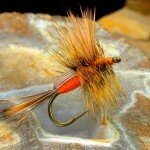
- Humpy
-
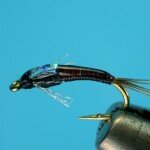
- Jujubaetis
-

- Jujubee Midges
-
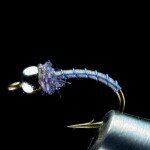
- Poison Tung
-
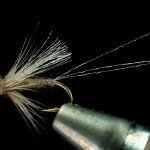
- Soft Hackle Emerger
-
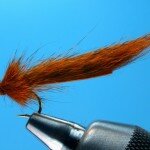
- Squirrel Leech
—
I want to thank Charlie for taking the time to do an interview for FrankenFly. It has been a pleasure and I’m looking forward to what Charlie ties in the future.
-Paul

